SUMMARY
This is AI generated summarization, which may have errors. For context, always refer to the full article.
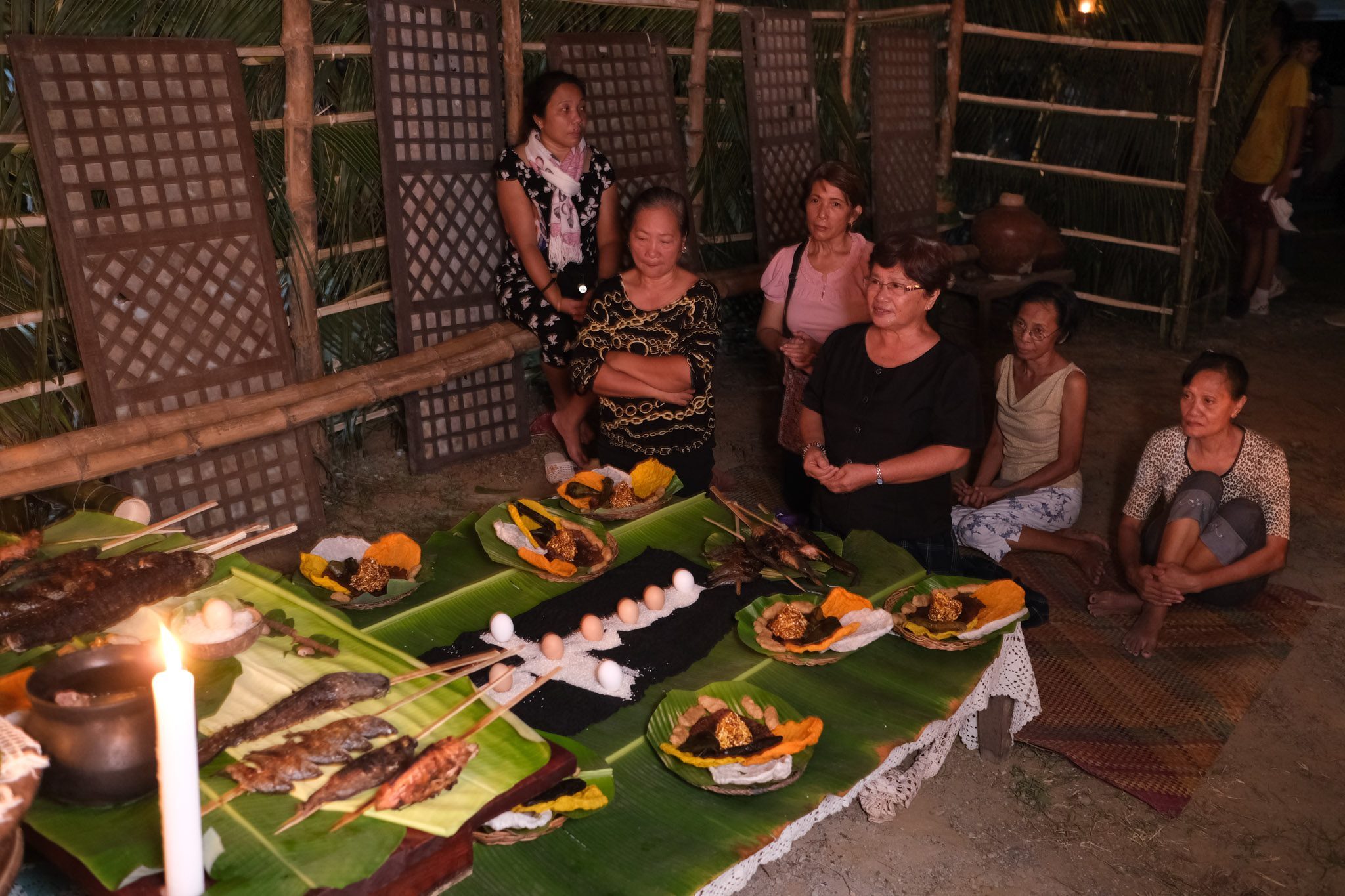
When nighttime falls in the small town of Paoay in Ilocos Norte, every All Saints’ Day (November 1), it signals for most residents to go home from cemeteries after visiting their departed loved ones and prepare for another feast for the dead — the ‘tumba-tumba.’
Tumba in Ilokano means to fall, with local residents deducing it as “eternal rest.” In Spanish, tumba means “tomb.”
Aside from noting that it is a tradition unique in Paoay, the only recorded material at a library in the town hall relating to the tradition does not mention how and when the feast started. Old folks, however, said that the ritual had its roots traced back more than 200 years ago.
“As to why this is only being done in Paoay, no one can precisely tell. It can be hypothesized, however, that an earlier pagan practice found relevance in Christianized Paoay…” wrote cultural worker Bernard Joseph Guerrero in 2020 in an article for Asia Times.
Researcher-educator Caesar Ziggy Perlas said on October 31, Sunday, that despite this, the “traditional values” espoused by tumba-tumba continued even to this day.
The pandemic hindered the tradition as it involved communities coming together to remember the dead, possibly violating health protocols on “mass gathering” imposed to curb the spread of COVID-19. Just like last year, the rituals are streamed online from October 31 to November 1 to prevent crowding.
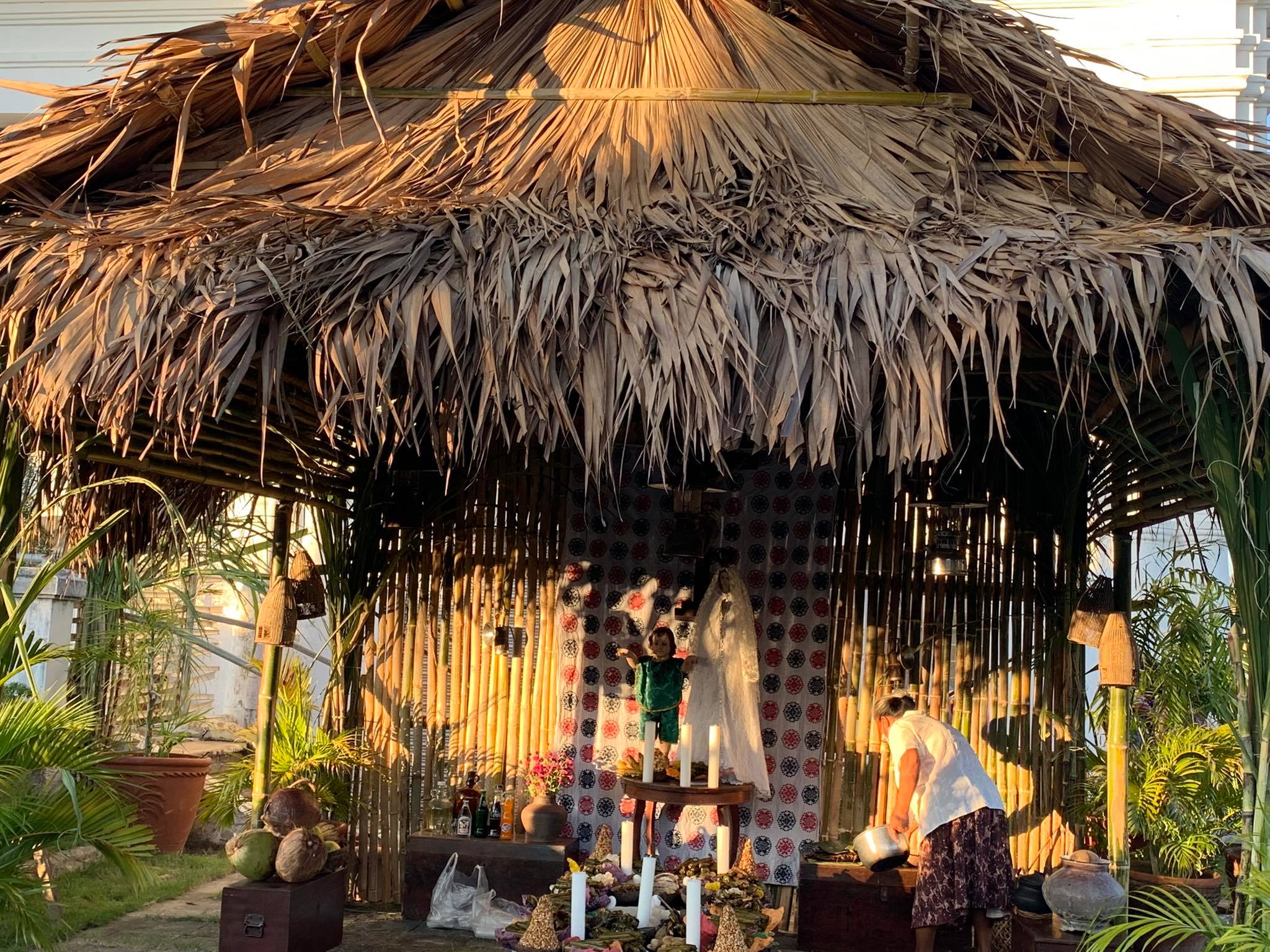
Tumba-tumba is a “communal” endeavor, said Guerrero, as townsfolk from every village would come together to build makeshift huts before November 1.
Amid the pandemic in 2020, local officials in Paoay town had been urged to build at least one hut to ensure that the tradition lives on.
This year, one hut has been erected at the town center, a few meters away from the UNESCO-world heritage site, St. Augustine Church.
Inside the huts, a catafalque, or tumba, cloaked in a traditional inabel cloth takes center stage. It is typically laden with “umras” or offerings for the dead, which include tobaccos, betel nut, “basi” or local sugarcane wine, rice grains arranged to the shape of a cross with eggs placed over it, and an “atang” of rice-based Ilocano delicacies.
Perlas noted in his paper that “the Levitical offering in the Catholic values were observed in the tumba-tumba.”
Perlas explained that nine-different types of rice-based delicacies should be offered because of the belief in the “9-day journey of the dead towards the afterlife.”
No solid historical proof could show the relevance of the food included as offerings aside from it was “a practice thought out by the elders,” said Perlas.
The egg and rice, however, are offered as a sign of “thanksgiving” by the locals for the bountiful yield in agriculture and poultry products.
An altar is also set up inside the huts with images of saints, crosses, and photographs of the dead to be prayed and chanted over by elderly women who play an essential role in the preparation of the tumba, according to Perlas.
The prayers start at 6 in the evening and last until midnight. This year, the ritual only runs until 11 pm because of a province-wide curfew.
“The [ritual] symbolizes solemn reunion of the living towards their dead loved ones…originally, it is a practice of atonement for the souls of the dead,” according to Luz Reyno-Carpio, former Paoay tourism officer, as cited in Perlas’ paper.
Visitors must not be misguided that the real significance of the festival is found inside the huts and not in the horror booth.
Researcher-educator Caesar Ziggy Perlas
Food, music, and remembrance of the departed are interwoven in a solemn but feast-like activity during tumba-tumba, according to 61-year-old Paoay resident Marile Sadiarin.
However, these are being challenged by “threats that could undermine” the essence of the feast, said Guerrero.
“The pressure to reinvent it into something that appeals to the newer generation more, like in cases where the huts had to be made into horror houses instead, is regrettable,” according to Guerrero.
Modern Halloween elements were added to make the youth appreciate the rituals. In recent years, the building of tumba became a competition among 10 districts where huts were built around the Paoay church.
The ruins of an old Catholic convent beside the church was also transformed into “horror houses” which attracted more of the youth in the town during the festival.
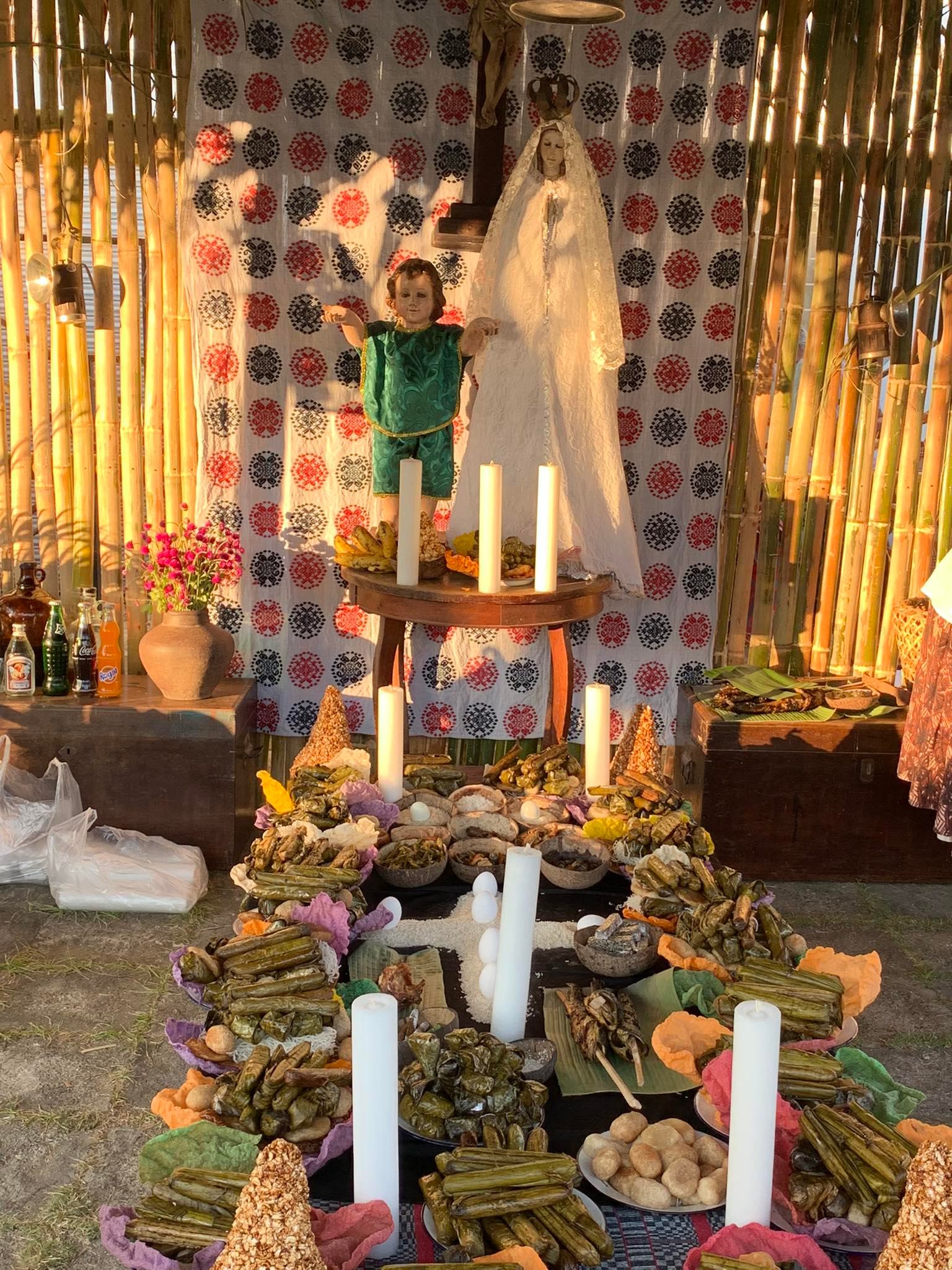
But Perlas warned that “visitors must not be misguided that the real significance of the festival is found inside the huts and not in the horror booth.”
Because of pandemic health protocols, there were no horror houses again in this year’s tumba-tumba. Instead, images of Catholic saints were displayed at the municipal hall, just beside the hut where a tumba hut was built.
As much as it has become a “famous tourist attraction,” the provincial government said on Monday that tumba-tumba showcases the “strong connection to the past” of the local residents.
Perlas suggested that the “old ambience of the festival” should be brought back and that the young should be taught of the cultural values of family and honoring death as an element of life.
“It’s good that our tradition lives on even at this time of the COVID-19 pandemic. I just hope that we can do it the way it was before—every barangay sets up their own tumba and panagatang (offering),” said Paoay resident, Yna Blanco. – Rappler.com
John Michael Mugas is a Luzon-based journalist and an awardee of the Aries Rufo Journalism Fellowship.
Add a comment
How does this make you feel?

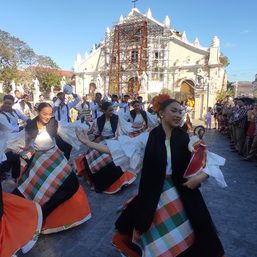
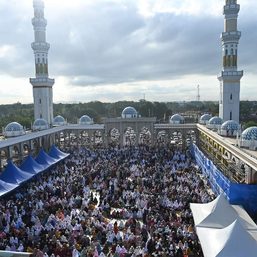
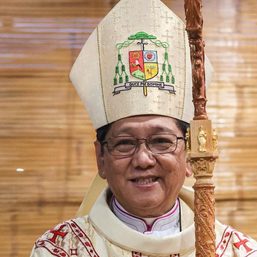


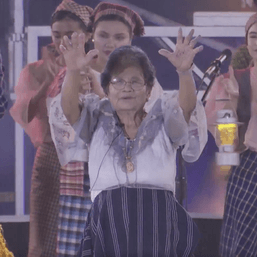
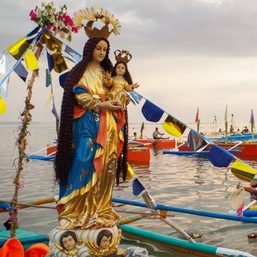

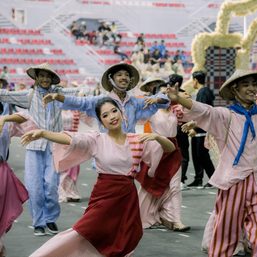
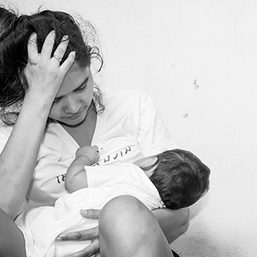


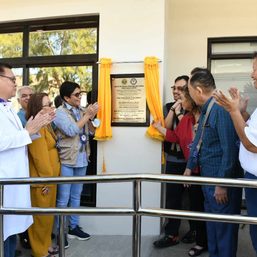
There are no comments yet. Add your comment to start the conversation.